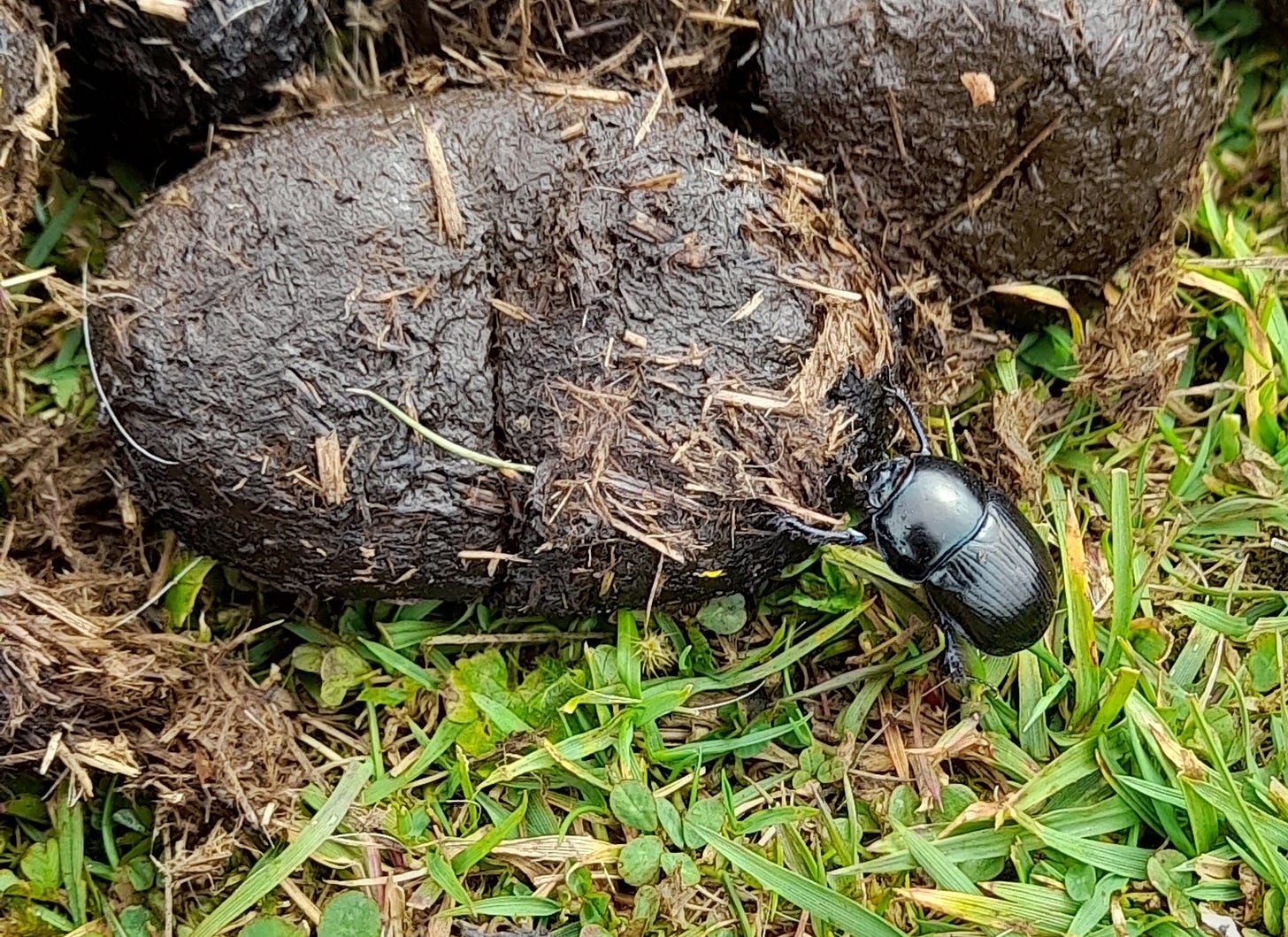Pets, Parasites, and Preservation
Patti takes us through some of the new vet guidelines for a healthier ecosystem
Not much beats a stroll through the countryside with our four-legged friends. Their enjoyment is almost palpable as they eagerly sniff their way alongside, learning who or what was there before them – and how long ago! It’s no wonder that we love them so dearly and do our best to keep them happy and healthy.
While out walking in the countryside both ourselves and our pets can be at risk from picking up unwanted parasites. Infestations of these can lead to both health and welfare problems. As a veterinary nurse, I know the importance of not just treating but also preventing infestations of internal and external parasites.

You may have noticed a big change in the way Veterinary Practices dispense flea and worm products over the past year. This is in response to new prescribing guidelines from the Royal College of Veterinary Surgeons (RCVS) But what is driving this change?
Concerns have been raised over how these products affect creatures living in our waterways. Studies have shown that handwashing (following administration), dogs swimming or bathing, and washing of pet bedding allows the active ingredient in ‘spot-ons’ and medicated collars to reach these fragile ecosystems in quantities that exceed toxic levels and can do so for the duration of action of the product.

Oral (tablet/liquid) flea and worm products present another issue as the active ingredients and metabolites are excreted, contaminating the wider environment if we are not careful to dispose of pet waste appropriately.
Deciding how to treat our pets is best done in consultation with your Veterinary Surgeon. They can recommend the most appropriate treatment protocol for each individual pet/livestock group and will take into consideration the lifestyle of your pet and seasonality of parasites in your area. Recommendations often include Prescription Only Medicines (POMV/POM-VPS) as opposed to those treatments which can be purchased over the counter (AVM-GSL), and therefore will require your vet to write a prescription annually.

The treatments used by livestock and horse owners are best used in accordance with Veterinary advice. This will depend on various factors including time of year, signs of infestation, age of animal, parasite type, etc. Some of these treatments recommend that animals be kept indoors for a specified period of time following treatment to reduce risk of the excreted product reaching pastures.
The farming community know very well the benefits of those amazing invertebrates that break down dung and fertilize and aerate the soil, and in the case of dung beetles even reduce parasite burden on pastures! Losing them to the effects of parasiticides shed in faeces is an unwanted side effect indeed. Fortunately, much is already being done to address these issues.
Many Universities and agencies are studying methods to reduce parasite burden using less chemicals encouraging specific grazing strategies, faecal worm egg counts, grazing on plants with high tannin levels, and stockmanship observations – with a view to treating only affected individuals rather than blanket treatment, where appropriate.
As you can see it is a delicate balance between keeping ourselves, our pets, livestock and our ecosystem healthy. Hopefully with increasing awareness of the situation and further research in this area, we will be able to prevent further losses to the valuable ecosystem fauna of our waterways and pastures.
Patti Bremner, the High Life Highland Countryside Ranger for East Caithness, brings years of local experience as a Veterinary Nurse. Enthusiastic and passionate about wildlife, Patti is dedicated to environmental conservation and education.





Hello and thank you for this. If using a tablet for flea/tick/worms, how long is the dog's poo likely to contain the chemicals? You mention livestock being contained indoors to prevent contamination of the environment, which made me wonder. In the countryside, lots of dog owners 'stick and flick' - perhaps there is a period following treatment when this shouldn't be done? (Obviously there are other reasons not to do this too but I wonder if this might be the most convincing!)